Winery Trademark Lawyer Sebastian Gibson
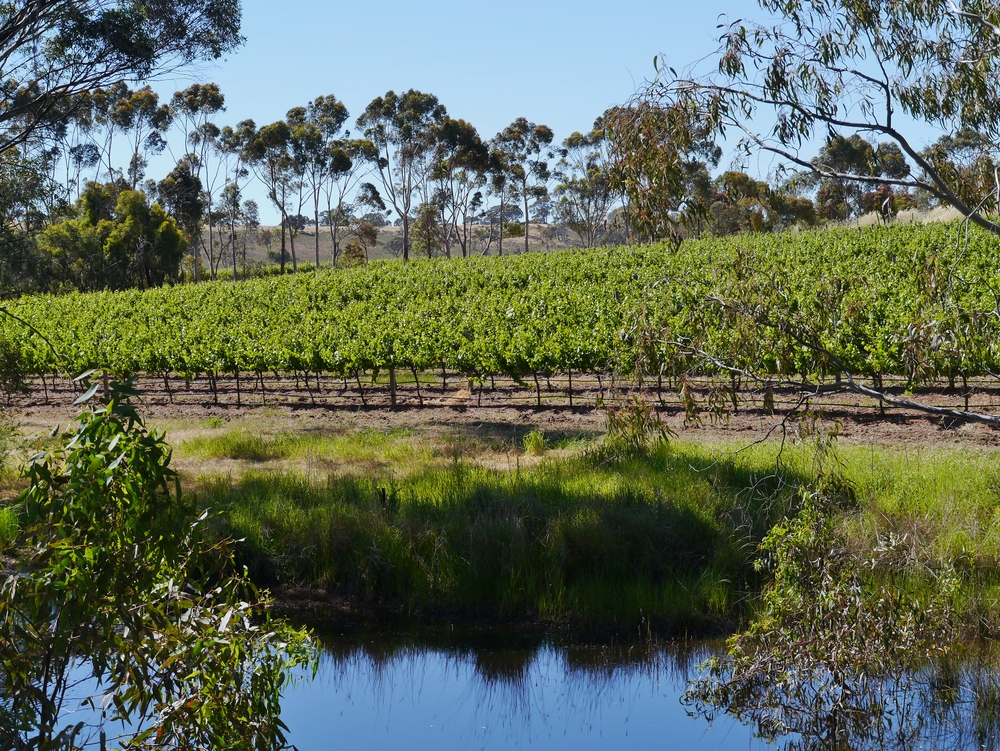
Winery Trademark Lawyer Sebastian Gibson
With over 40 years of experience in California and London and offices close by Temecula in Palm Desert and Newport Beach, California Winery Trademark Lawyer Sebastian Gibson is the attorney to call for your winery in California. With previous offices in San Luis Obispo serving wineries on the Central Coast, Winery Trademark Lawyer Sebastian Gibson can assist you witn winery trademarks and Certificate of Label approvals for winery owners in Temecula, Cambria and Paso Robles on the Central Coast, in Santa Barbara and in Wine Country in Napa, Sonoma and Mendocino county, and internationally.
Whether you need a Winery Trademark Lawyer in Napa County, Sonoma County, Alexander Valley, Dry Creek Valley, Bennett Valley, or the Russian River Valley, Winery Trademark Lawyer Sebastian Gibson is the California Trademark Lawyer for Trademarks, Branding and Certificate of Label Approvals.
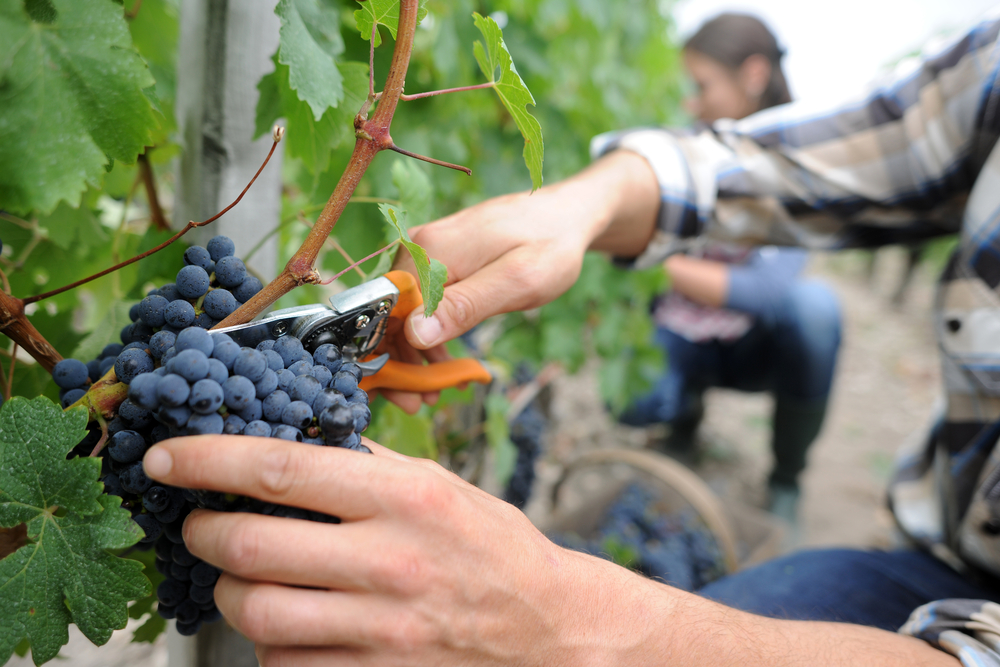
What Makes A Good Trademark for a Winery
Trademark practice for the winery industry is more difficult than people realize. Fortunately, Winery Trademark Lawyer Sebastian Gibson has decades of experience with trademarks and branding and can assist a Winery or Vineyard owner to obtain trademarks that can serve as the gateway to more profits through unique brand recognition.
When it comes to what the United States Patent and Trademark Office (USPTO) will accept and what they won’t in the way of trademarks, words completely unrelated to wine have a higher chance of success of being granted as trademarks than do names which are suggestive or descriptive of the wine itself. While they may still be accepted by the USPTO, their chance of passing muster are lower.
From a branding aspect, this reluctance on the part of the USPTO can actually be beneficial to a winery or vineyard owner. Nothing says confusion and boredom than branding a winery, a wine, a vineyard or a label than a name that sounds like so many others and has little to make the brand name stand out in a consumer’s mind.
And when it comes to what the Trademark Office will accept, choosing a mark for a trademark that’s close to the region from which the wine came from is also problematic. As the whole raison d’etre of the Trademark Office is to avoid confusion in the minds of the public, and since wine labels describe the region from which they came from, names which are similar or suggestive of those areas can cause just the confusion the USPTO seeks to avoid.
Many individuals and even well-funded corporations will often try to save some money by simply doing their own search online or on the USPTO database. This is a mistake. Neither type of search provides a true picture of what is out there and already being used or what’s already either trademarked or in the process of being trademarked. While a search of the USPTO database provides a quick and dirty key to finding whether a name has already been trademarked, it is no substitute for a thorough trademark search by a company specializing in trademark searches.
Even if a name has not been trademarked, a winery or a vineyard can still have “prior usage rights” or “common law rights” as they’re called for having used a name, though they may not have trademarked it. If they then learn of the new trademark or of a trademark application once it is published, the applicant can expect to receive a “cease and desist” letter from the attorney for the winery with these common law rights warning a winery owner of the consequences in terms of damages should they fail to stop using the trademark they’ve applied for.
If the trademark infringement persists, litigation might even be filed in numerous jurisdictions making it even more expensive for the trademark infringer.
Additionally, names that are too similar to registered trademarks can also be denied which makes it all the more important to have a thorough search performed before spending significant amounts of money using a name that someone else already uses or a name too similar to one in use.
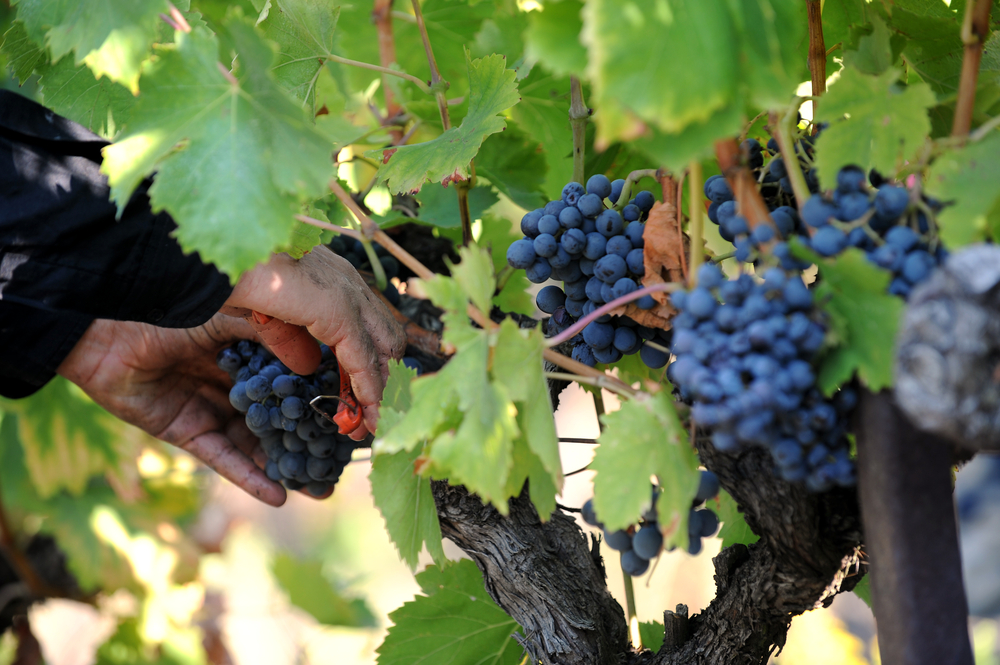
Vineyard Designation Trademarks
The trademark of a vineyard can be one of the most valuable rights a vineyard or winery owner has.
Vineyard named wines can sell for premium prices when consumers learn of a vineyard’s high quality of wines, the soil characteristics, its reputation, its tasting room, social media praise or when its wines start to be awarded very high point scores.
Vineyard designation names are valuable not only to the vineyard owner but also to the winery that uses grapes from the vineyard.
Upon filing a trademark application, the applicant must still prove to the Trademark Office either at the time of the initial trademark application or in a subsequent Statement of Use form that the mark is being used in commerce. This can be accomplished by means of photos of vineyard or winery signs, banners, advertising, grape bins, displays and other evidence the vineyard or brand name is in use as grapes are being grown.
The specimens to provide proof of use in commerce for a brand name for which a trademark would be sought for wine on the other hand, is quite different from the specimens used to prove a vineyard designation name although some specimens can work for each. Specimens for a brand would include the wine bottles themselves, labels, cases of wine with the brand name stamped on the cases, other packaging, displays with the wine and advertising.
Another way to prove use of the trademark in commerce is its use in all writings, on letterhead if the letterhead contains additional language, in contacts, on website pages, etc. In the case of a vineyard designation, all communications should either prohibit wineries purchasing the vineyard’s grapes from using the vineyard designation or the vineyard owner can license the right to use the trademark to wineries.
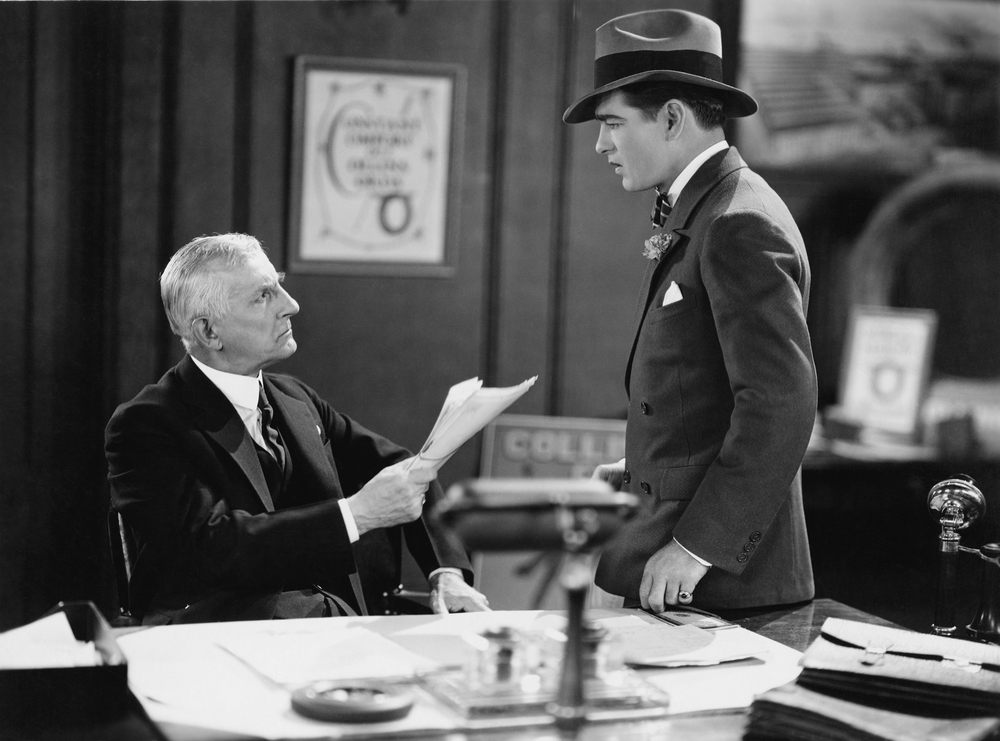
The Importance of Obtaining Trademarks for a Winery With the Help of Winery Trademark Lawyer Sebastian Gibson
It is more important than ever to secure trademarks to the vineyards and wines than ever before given the value of trademark rights. Without such rights, branding and brand recognition can be next to impossible with the number of new products coming into the marketplace.
Without a protectable name, a grower or a winery simply can’t justify the costs of all their time and efforts and the money they expend to produce grapes and the wine they hope will be profitable at the end of the day or when they’re ready to retire.
Trademark protection in other markets such as Europe can also be invaluable to a winery owner whose wines later become marketable abroad due to increased demand after marketing pays off.
Wine trademarks aren’t just for the name of a winery (the brand name), they can also be obtained for the vineyard designation, the label design via trade dress protection and even for specific wines.
Descriptive names such as “Sweet” can only be trademarked if the name acquires a secondary meaning when it becomes recognizable as belonging to a certain product by consumers. Generic names such as “red wine” can never become protected as a trademark any more than the name “orange” could be protected for fruit. Fortunately though, that also means that a fruit seller cannot be sued for selling oranges without a trademark to the name, “orange.”
Once a trademark is obtained, it must be protected by monitoring and preventing infringers from using a mark that could cause confusion in the minds of the public. A diluted trademark is a lost trademark and one that could cause the loss of the trademark owner’s most valuable intellectual property, the loss of the right to exclusive use of the mark, and the value of one’s wines.
Winery Trademark Lawyer Sebastian Gibson: Wine and Winery Branding Is More Than Simply Choosing the Right Trademarks, But They’re Still Extremely Important
Fortunately for a winery, Winery Trademark Lawyer Sebastian Gibson has decades of experience in branding in California. Wineries, however, not only need to create a unique brand name, they also need a bottling name, an operating trade name and a corporate name. Once the brand name appears clear, the domain name should also be obtained for the internet once it’s been determined to be available.
Branding starts with extensive searches of conflicting brand names once a winery owner or their branding attorney begins the creative process in coming up with potential brand names.
With wines and wineries, sources to search for potential conflicts when choosing the name of a brand include searching trade names (the bottling trade names used by wineries and their operating trade names on winery permits) that have been filed with the Alcohol and Tobacco Tax and Trade Bureau (TTB) and brand names in the TTB’s database of label approvals. Companies which perform extensive trademark searches can also search the TTB’s database.
Different yet, can be the corporate names of wineries and thus the database of corporations and LLC’s, for instance in California, should be checked also for conflicts. Finally, one should check to see if the brand name sought for one’s winery brand is available as a domain name. After all of one’s work to choose a name for one’s brand, it can be disheartening to learn that the domain name for the internet is already in use. Many domain names aren’t in use and can be purchases for a reasonable price if it becomes important for a winery owner to do so.
A winery should also use a corporate name that is not used by any other winery as their trade name or brand name. The winery’s brand name should also be different from the corporate name. In this way the corporate name can be used as the winery’s operating trade name on the permit issued by the TTB. The bottling name should also be available and not in use.
It is the brand name that should be visible on all winery signs, letterhead, contracts, etc. To prove its use in commerce to the USPTO, the more photos and other specimens one can provide of its use, the better in my opinion as it affords a winery trademark attorney the ability to choose the best when providing specimens to the Trademark Office to prove that the trademark sought is in commerce. For this reason, taking photos from the very start of a winery’s business is important.
When applying for a permit from the TTB, the winery owner should include all the brand names and trade names and variations of them that might be used by the winery and which would could cause confusion in the minds of the public if used by other wineries. If a winery can afford it, they should also obtain trademarks for any and all brand names they intend to use.
Using a geographical reference in a winery’s brand name can be dangerous. Once a geographical area is determined to have viticultural significance by the TTB, the right to use the geographical name on a wine label might not be allowed in the future unless the wine meets the appellation of origin requirements for that geographical area.
Additionally, one never knows when the TTB may make some unfortunate ruling in the future that similarly prohibits the use of a geographical area on a winery’s label as a winery’s brand or bottling name. The TTB rightfully wants to maintain the integrity of geographical names and allowing confusion to reign in allowing geographical areas in names willy nilly is in no one’s interest.
Additionally, geographical terms are considered by the Trademark Office as descriptive and will only be approved if the mark has acquired a secondary meaning whereby consumers know it refers to a specific product.
To avoid problems with obtaining trademark protection, wineries just as breweries have in recent years turned to choosing more fanciful and arbitrary names for their alcoholic beverages which have nothing to do with the geographical area where the hops or grapes are grown or the beverages are bottled.
By choosing names which are unique as opposed to generic or descriptive names which describe the products, they not only avoid conflicts with existing names but by being more creative, the winery owner can cause their wines to have greater brand recognition with names that stand out and are less easy to forget. Some whiskey and other hard liquor producers have done a great job in this regard.
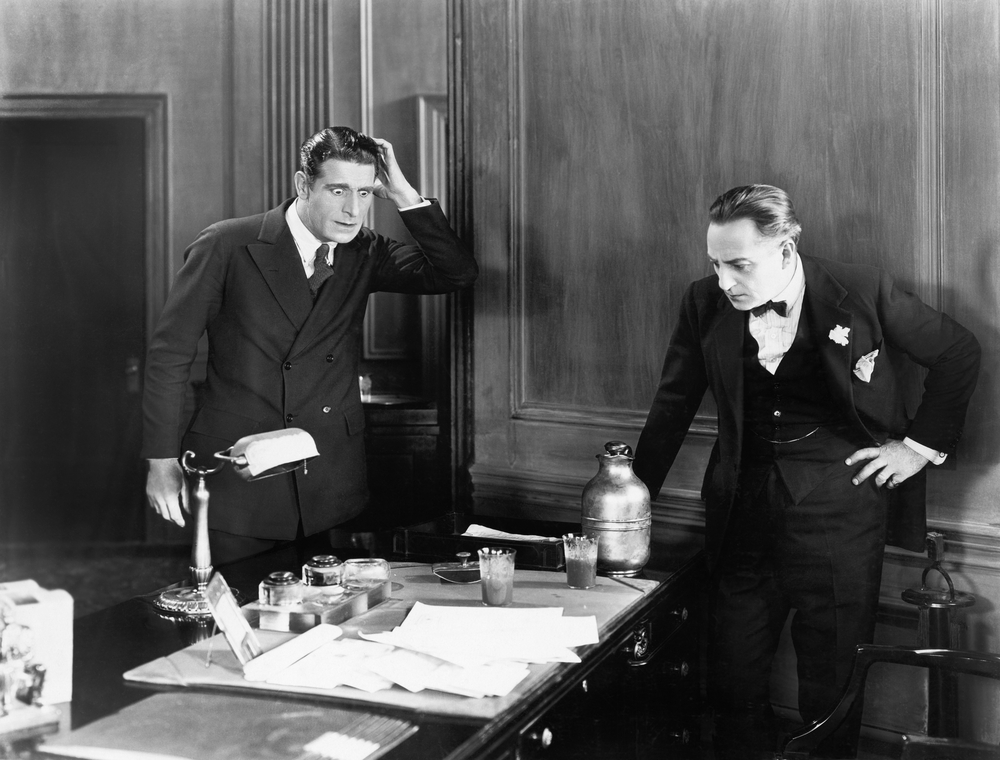
Winery Trademark Lawyer Sebastian Gibson: An Analysis of Wine Label Copyrights
Protecting a wine label which might contain pictures or drawings of the winery, an unusual label shape, unique logo, color scheme and fanciful descriptions of the winery can be accomplished by means of trade dress applications with the USPTO. Trade dress protection like trademark protection can be obtained only when it will prevent confusion in the minds of the public as to the source of the goods, in this case, the winery brand.
Copyright protection for labels is more difficult to obtain due to the fact that labels are required to have a high degree of originality which most labels do not have. However, if the label contains, for instance, comical descriptions of when the wine should be drunk, given to friends as a gift, what strange foods would make a horrible pairing, or a statement that drinking this wine can lead to romance with beautiful strangers and Sumo wrestlers, it might just qualify for copyright protection by the person or persons who created the unusual comical statements on the label, the drawings, photographs and the label design.
Helping to obtain a label copyright would also be the brand name. Since a fanciful and arbitrary trademark name has a greater chance of being granted by the USPTO for trademark protection a more unique brand name could thereby also help the chances of obtaining copyright protection for a wine label.
Winery Brand Names, Making the Right Choice the First Time With the Help of Winery Trademark Lawyer Sebastian Gibson
A suggestive trademark also has a greater chance of sliding through if rather than blatantly stating the product is wine, but merely suggesting it is by a name that causes a connection in the mind of the consumer. Winery Trademark Lawyer Sebastian Gibson can be of unique assistance in providing potential brand names to a winery owner.
Should a trademark application be denied for being too descriptive, the refusal can be overcome if the applicant can show a secondary meaning, i.e. that in the minds of the public (shown by statements from members of the public or by advertising) the public can readily identify the source of the product because of their familiarity with the product.
If a mark contains a generic word or a number of words which would be considered generic but other words or phrases in the mark are not, the Trademark Office will allow the applicant to use a disclaimer to apply to the generic portion of the mark.
Trademarks aren’t just for winery brands. The vineyard designation, the winery name (the brand), the wine label design and even a name given to a particular wine are all worthy of consideration for trademarks. And each of these have rules and peculiarities when it comes to wine industry trademarks to which a winery trademark lawyer must pay close attention.
A problem can result when a winery only registers their trademarks in the U.S. and their wines become famous in other countries or worldwide. While that doesn’t sound like a problem, it becomes one when people in other countries notice this and then trademark a winery’s mark in their country and thereafter demand payments from the winery if the winery wants to allow sales to occur in the foreign country.
However, by means of the Madrid Protocol, a winery can file a further trademark application and thereby obtain trademark protection in the 60-plus countries that are parties to the Madrid Protocol as long as there are no other trademark registrations in those countries which pose a conflict.
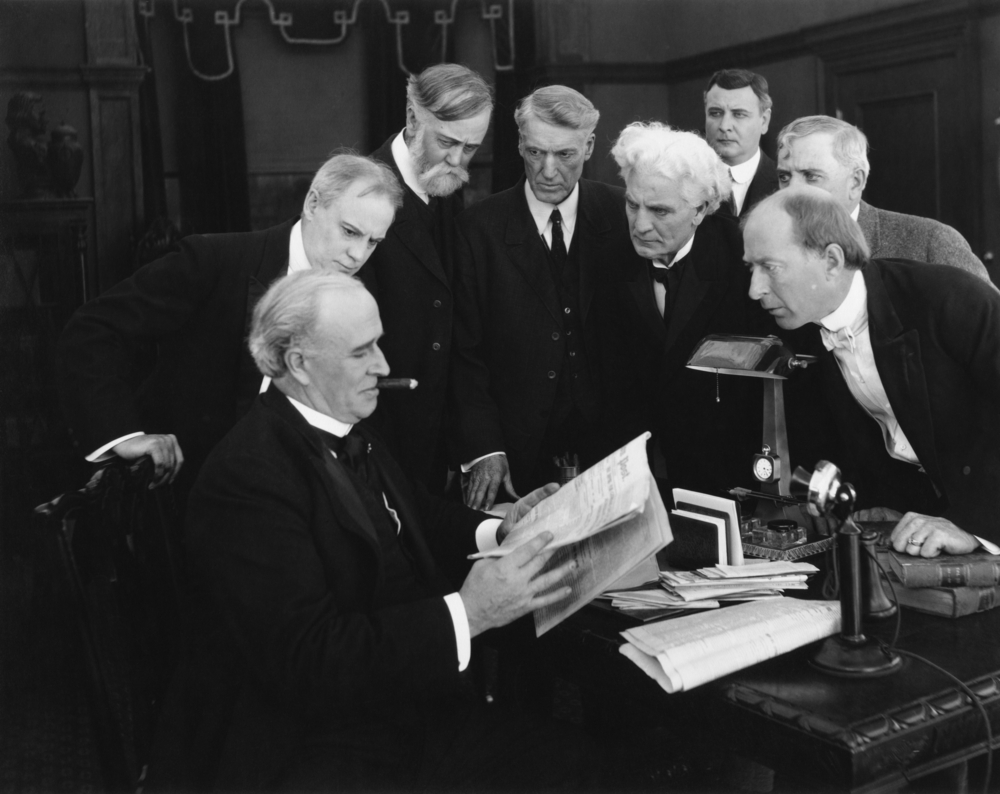
The Certificate of Label Approval Process
Just as a new winery owner should begin thinking about their winery trademarks as soon as they acquire a winery or begin producing wine, they should also be thinking about their wine labels. Marketing and branding are everything today. Social media is important. Even influencers can be invaluable. All of these things affect the desire of the consumer to purchase a bottle of wine, and they have a huge effect on the price of wine today. Up to three quarters of the cost of a bottle of wine distributed nationally can be advertising and marketing.
A small winery that simply sells their wine locally is completely different. For small wineries, the biggest percentages of their costs by far are the vineyard costs and the costs of production. But if a small winery wants to expand their production and distribute their wines nationally, the percentage of their costs due to marketing rises dramatically.
Whether a winery distributes their wine nationally or locally, however, branding is extremely important. And obtaining the trademarks that will protect the names of the winery, their vineyards, their labels and their wines is critically necessary.
A key consideration for any winery is the blend. The winery owner must know what the percentages of their wines are, and where the grapes are from. The blend not only will greatly determine the wine label, but can also be a major selling point for the wines, not to mention the taste.
The Alcohol and Tobacco Tax and Trade Bureau (TTB) administers regulations governing the labeling of alcoholic beverages. The goal is to prohibit the use of misleading statements on labels. Additionally, the labels are meant to provide sufficient information as to the identity and quality of the alcoholic beverages. It is these regulations which require wineries and other alcohol-related industries including distilleries, breweries and importers to ensure that their labels do not mislead the buying consumers.
The amount of time for COLA applications to be processed by the TTB after being submitted on the TTB website can vary depending upon the time of year and the number of applications the TTB has received. Some changes can still be made to wine labels after approval, but only those allowed by the TTB can be made without notice to the TTB. In addition, some labels are by their nature more challenging and the specialist assigned to the application may take longer to approve the application.
The applicant or if you’ve retained us, Winery Trademark Lawyer Sebastian Gibson uploads images of all the labels that will be affixed to a bottle of wine when it’s sold to consumers. After evaluation of the application, it will either come back approved, rejected or it will have a “Needs Correction” status which may simply require additional information or a clarification. A winery owner, however, should not panic if they receive a “Needs Correction” status for their Certificate of Label Approval application.
As many as 40% of the applications to the TTB are estimated to have errors. A common error is a discrepancy between the description in the wine label application and the label image uploaded with the application. This can be true of trademarks as well. Often applicants apply for a trademark and then start changing the mark when it is used in commerce. As with discrepancies in labels, this will also cause a trademark application of a winery to be denied. It is vitally important to remain consistent in using a trademark.
Certain statements and information are required on wine labels. Winery Trademark Lawyer Sebastian Gibson can assist winemakers in developing their wine labels and their branding as well as obtaining trademarks for their wines, vineyards and wineries.
Among the required statements in wine labels are the brand and class of wine. The brand on a wine label is generally the name under which the wine will be marketed, such as the name of the winery. In addition to the brand name, the class of wine must also be stated describing the type of wine, red, white, red desert wine, plonk wine (just kidding) etc., as well as the numerical statement of the alcohol content by volume, the net contents, the government health warning statement, the name and address of the bottler and a declaration of sulfates.
In addition to the required statements, optional information such as the vintage years when the fruit was harvested can also be included on a wine label. Many wineries also include the grape variety or varieties on their labels. If the varieties are listed, the percentage of each variety must be listed and they must total 100% when added up. Appellation of origin or the viticultural area are another option but like the varieties option, there are specific requirements when listing the appellation of origin on a wine label and some states have specific requirements which must be followed. The TTB has a list of approved American Viticultural Areas and other valuable information.
Among other options for wine labels include stating whether the wine is gluten free or organic. However, even these options have requirements which must be complied with in order to include such a designation on a wine bottle and there are other requirements which must be met for a wine label to indicate the wine is “Estate Bottled.”
Even after a wine label has been approved and bottles of wine with the labels are distributed into the marketplace, verification of the contents of the label can take place at any time via the Alcohol Beverage Sampling Program run by the TTB.

Winery Trademark Lawyer Sebastian Gibson Is The Right Choice
With over 40 years of combined experience in California and England and law degrees in both California and Great Britain, Winery Trademark Lawyer Sebastian Gibson has been named a Top Lawyer by the prestigious Palm Springs Life Magazine for the past 12 years in a row.
Winery Trademark Attorney Sebastian Gibson has been rated “Superb” by Avvo (their highest rating) which rates lawyers throughout the U.S. and has been called “Brilliant” and “A Legend.”
When you need a top wine, vineyard and winery attorney for your endeavors in the wine industry, the right choice is Winery Trademark Lawyer Sebastian Gibson. Call us today for a consultation.
Winery Trademark Attorney Sebastian Gibson serves all of California and international clients around the world, Winery Trademark Lawyer Sebastian Gibson can assist wineries, vineyards and other entities in the wine industry in a wide variety of legal issues, corporate, regulatory and contract matters.
If you have a winery or a vineyard in Temecula, in Cambria or Paso Robles on the Central Coast or in Wine Country in Napa, Sonoma or Medocino County, or anywhere in the U.S. or internationally and need trademark assistance or assistance with your certificate of label approvals or any other legal matters for your winery, call California Winery Trademark Attorney Sebastian Gibson.
Winery Trademark Lawyer Sebastian Gibson serves Santa Rosa, Healdsburg, Sonoma, Kenwood, Petaluma, Sebastopol, Guerneville, Windsor, Geyserville, or Cloverdale in Sonoma County, in Napa, Yountville, Rutherford, St. Helena and Calistoga in Napa County or in Hopland and Ukiah in Mendocino County, Cambria, Paso Robles and all of the Central Coast, and Temecula in Riverside County.




